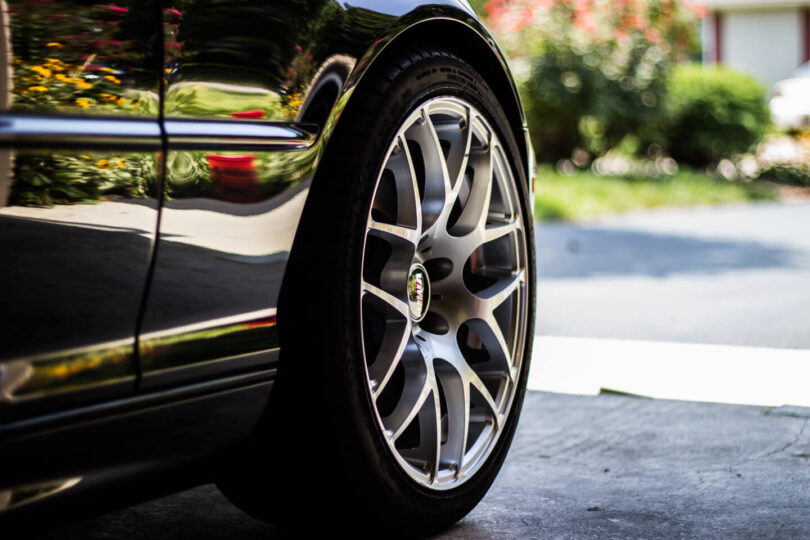A buckled alloy wheel is a common issue many vehicle owners encounter. This problem typically arises from hitting a pothole, curb, or other road hazards, causing the wheel to lose its round shape. A buckled wheel not only affects the aesthetic appeal of the vehicle but also its performance and safety. Here is a comprehensive guide on how to fix a buckled alloy wheel.
Understanding the Damage
Before attempting to fix a buckled alloy wheel, it’s crucial to assess the extent of the damage. Minor buckles might be repaired at home with the right tools and techniques, while severe damage usually requires professional attention. Signs of a buckled wheel include vibrations, uneven tire wear, and difficulty steering.
Necessary Tools and Materials
For minor repairs, you’ll need the following tools and materials:
- Jack and jack stands
- Lug wrench
- Rubber mallet
- Wooden block
- Wheel straightening kit (optional)
- Safety gloves and goggles
Step-by-Step Repair Process
- Safety First: Ensure the vehicle is on a flat, stable surface. Engage the parking brake and wear safety gear to protect yourself.
- Remove the Wheel: Use the lug wrench to loosen the lug nuts while the car is still on the ground. Then, jack up the vehicle and secure it with jack stands. Fully remove the lug nuts and take off the wheel.
- Assess the Damage: Inspect the wheel closely to determine the extent of the buckle. If the damage is minor and the wheel isn’t cracked or severely bent, you can proceed with the repair.
- Positioning the Wheel: Place the wheel on a flat surface. Position the wooden block over the buckled area on the inner side of the wheel.
- Straightening the Buckle: Using the rubber mallet, gently tap the wooden block to push the buckled section back into place. The wooden block helps distribute the force evenly and prevents further damage to the alloy. Check the wheel periodically to ensure it’s regaining its round shape.
- Testing the Wheel: After straightening, it’s essential to test the wheel for balance. Spin the wheel and observe for any wobbling. If there’s still a noticeable buckle, repeat the straightening process.
- Reinstall the Wheel: Once satisfied with the repair, place the wheel back onto the vehicle. Hand-tighten the lug nuts, lower the car, and then fully tighten the lug nuts in a crisscross pattern to ensure even pressure.
Professional Repair and Replacement
If the damage is too severe or if you’re unsure about your ability to fix the wheel safely, it’s best to consult a professional. Professional repair shops have specialized equipment, such as hydraulic presses and wheel straightening machines, which can accurately restore the wheel’s shape without compromising its integrity. Additionally, professionals can perform a thorough inspection to ensure there are no hidden cracks or structural weaknesses.
In some cases, replacement might be the best option, especially if the wheel has sustained significant damage. Investing in a new wheel ensures optimal safety and performance.
Preventing Future Buckles
To avoid future issues, consider the following preventive measures:
- Regularly check tire pressure to ensure proper inflation.
- Avoid potholes and road hazards whenever possible.
- Drive cautiously on uneven or rough roads.
- Inspect your wheels periodically for early signs of damage.
Conclusion
Fixing a buckled alloy wheel requires a careful approach to ensure the wheel’s integrity and vehicle safety. While minor buckles can often be repaired at home, severe damage warrants professional attention. Regular maintenance and cautious driving can help prevent buckled wheels, ensuring a smoother and safer ride.



